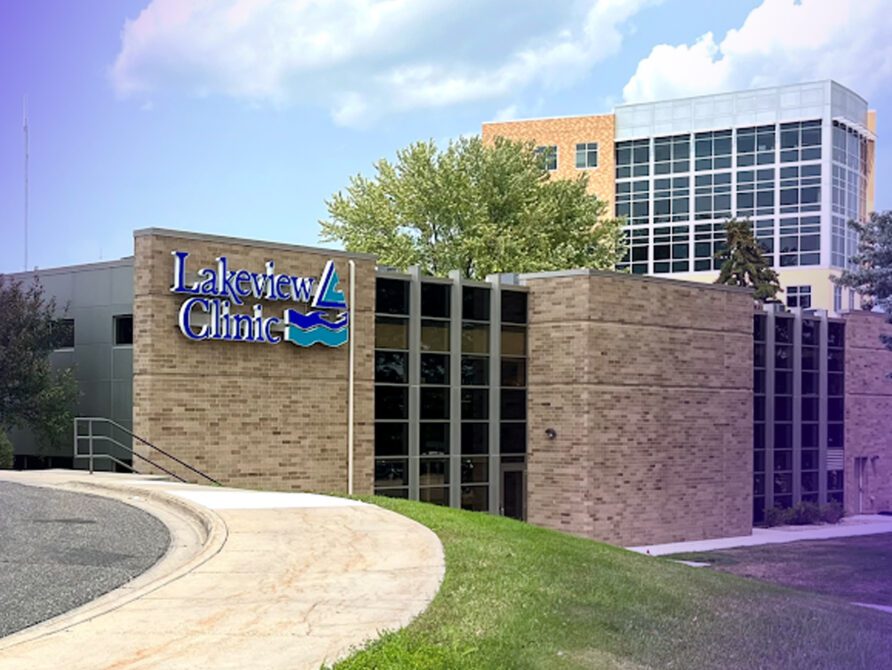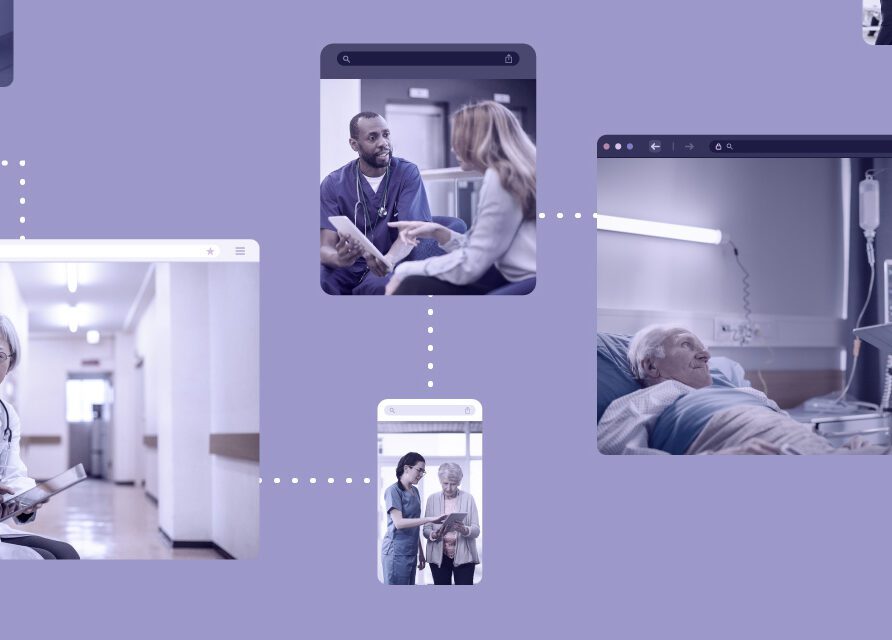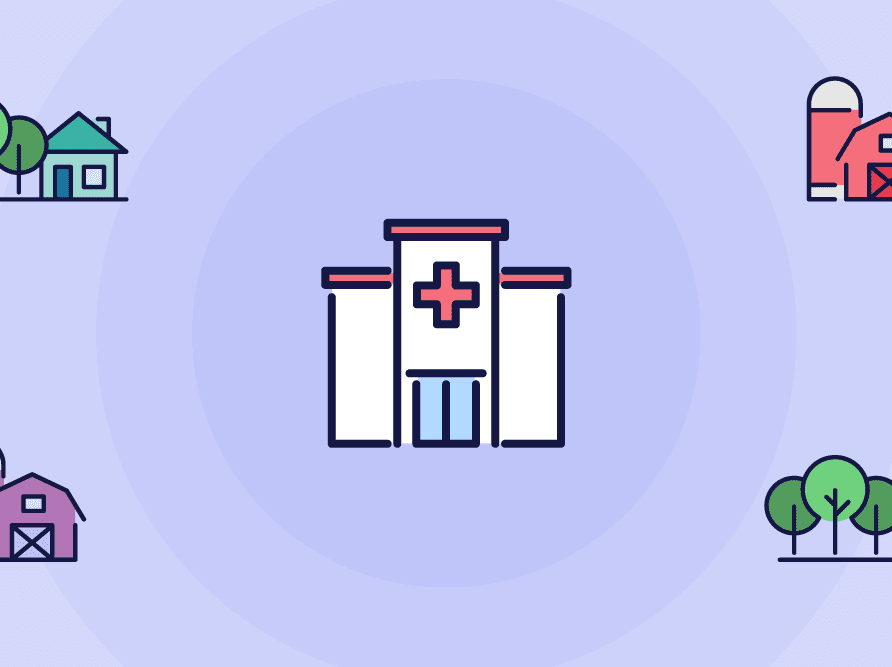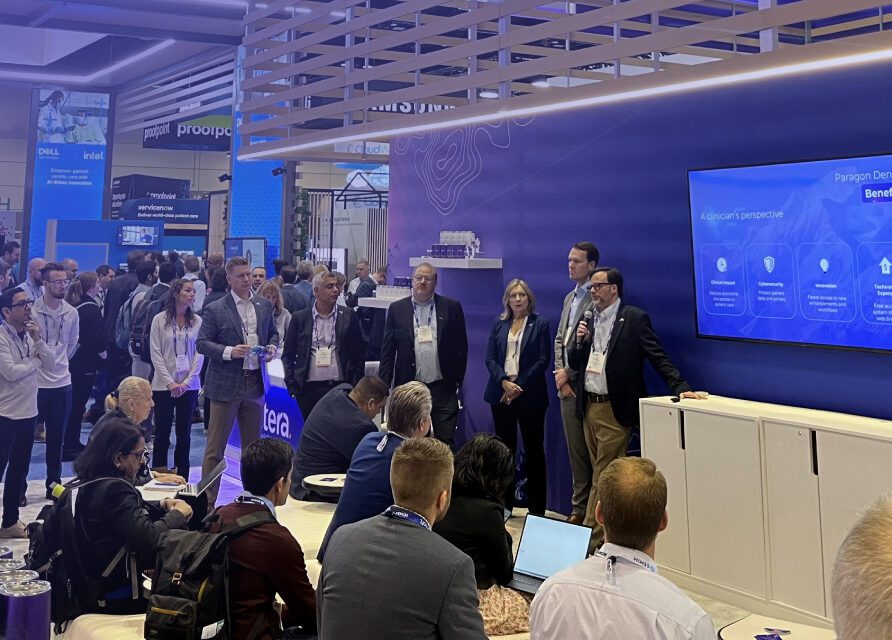Article
Global lessons learned in responding to an unprecedented crisis – the front lines
* This content was originally published prior to N. Harris Computer Corporation’s 2022 acquisition of the Allscripts Hospital and Large Physician Practice business segment. Our business is now known as Altera Digital Health.
As of Fall 2020, we’d seen 37.5 million COVID-19 cases, and one million deaths, all over the globe. In these conversations, clinical leaders from the front lines of the pandemic weigh in on their organizations’ response. They discuss the unique regional challenges they faced and the surprising lessons that are globally applicable.
Jitendra Barmecha, MD, St. Barnabas Hospital, SVP, CIO, New York (USA)
In mid-February, we heard news of an emerging respiratory virus illness similar to SARS from Asia. Within days, we began preparation for a surge. Meanwhile, the government mandated us to increase our inpatient capacity by 50%, including ICU beds. A surge plan was created depending on inpatient volume, resulting in a phased approach involving the closure of ambulatory care and elective surgeries.
The single most critical challenge during the initial surge was maintaining supply chain for PPE, medical equipment and supplies, oxygen, and lifesaving medications. As the identification and management of COVID-19 infections unfolded, our next challenge was to efficiently test community members who suffered from the infection. Even the largest lab vendors in the country struggled to keep up with the demand, resulting in a turnaround time of up to 5–7 days. This led to a delay in appropriate triaging, and hence a bottleneck of the entire inpatient throughput. Recruitment of additional clinical staffing was another hurdle as the volume of the inpatient capacity skyrocketed. Other health systems were also competing for the same limited pool of clinicians from around the country.
To decrease the infectivity rates among staff, both essential and non-essential workers were requested to either work remotely, use telehealth services or a hybrid model. This increased demands of IT devices and support. During the initial surge, demand for communication technologies grew exponentially for patients, caregivers and our staff. As these technologies evolved, they helped us develop efficient use of PPE, decreased staff quarantine time and increased satisfaction for patients and staff members alike.
Although this pandemic is not over, our knowledge of the COVID -19 infection and its management has improved significantly with available treatment modalities. We are now better equipped for the next surge with a better understanding of a “new normal.”
Max Hodges, MBChB FRCA, The Dudley Group Foundation Trust, CCIO (UK)
By the time COVID was increasing in the UK, we were already hearing all kinds of stories from the rest of Europe. Like others, we focused on clearing beds and increasing our ICU capacity. As cases began to trickle and then stream in, our situation got a lot more excited.
Our emergency department became a red zone and was extremely busy. We had to maintain in-and-out virtual communications with patients, including video calls with relatives of patients who were dying. For stakes this high, we rapidly found the solutions we needed.
Our IT infrastructure held up well, and we mobilized rapidly to deliver remote working solutions—from IT hardware for staff, to video conferencing solutions for both clinician-to-clinician and clinician-to-patient consultations. We received tremendous support from our national and international vendors, from Allscripts up to Microsoft.
Going forward, we’ll put our focus on continuing to manage the disease. I do not believe vaccines will be the complete solution, but rather they will be a piece of the puzzle and we will need to find a balance for our livelihoods and health.
Martin Farrier, MBBS MRCPCH MRCGP/ Wrightington Wigan and Leigh NHS foundation Trust CCIO (UK)
Once it was clear COVID-19 would be global problem, we ramped up rapidly in about three or four weeks. We went from having almost nothing prepared to almost everything. For me, those early days feel like the story of the whole thing.
In Wigan, at the start, we didn’t even have a test available. We built up our wider testing process in bits and pieces, solving the most essential issues first. Manual data cleansing was required, and still didn’t resolve every inaccuracy. Our initial data readings resulted in our building more field hospitals than we ultimately needed. Our first lockdown worked well to contain the spread, though, and the NHS successfully redistributed non-essential space and personnel as needed.
Meanwhile the largest technical change we faced in the UK was the adoption of video conferencing, for telehealth and remote work. Our suppliers supported our infrastructure and offered software to suit our needs. Larger vendors provided scale while smaller ones provided flexibility.
The collaboration among providers, leaders and vendors actually delivered some positive outcomes. We developed best practices in collecting and deploying valuable EMR data in clinical decision support. The NHS came to accept remote work was viable, as the technology was fully activated. Our patients adapted to telehealth consultations, and I’ve found my own young patients enjoy their time in front of the camera.
We’re continuing this course as we navigate the second wave, including setting up hospitals for ICU and extended recovery patients. So far, there’s been a surprisingly low death rate across Europe given the number of infections, which suggests we’re more confident in the steps we’ve taken and have improved COVID treatment. Given the promising, if still unsure, results of recent trials, it’s likely vaccination will be a key component into reopening safely in spring 2021. Normalization, to reduce the spread, and herd immunity will also be the way forward.
Ms. Ang Shin Yuh / Singapore General Hospital Deputy Director, Nursing Quality, Research & Transformation
When COVID hit in Singapore, we drew on our experience from managing SARS. Precautions like temperature screening, entrance control and isolation wards were immediately put in place. What surprised us was the magnitude of the spread.
In our case, it was important to deploy clinicians and staff out in the field rather than in hospitals. We had to provide living accommodations for clinicians as well as transforming spaces like exhibition halls into community care facilities. Clinicians practiced outside the hospital for the first time, and while usage of our field facilities was lower than anticipated, they still took on unusually large numbers of patients.
Being out in the field also presented a technical challenge, as the whole medical team had to learn a new EHR and documentation system. IT was the unsung hero in this situation, physically camping out and putting up wires to create bandwidth in spaces where we needed it. On the software side, I had never seen my change requests fulfilled so fast before. Overnight, after I requested a flowsheet for symptoms or an API to let patients see their results, these things were done.
We must continue aggressive testing and contact tracing. Consumer test kits, that work like pregnancy tests, would change the way we’re able to live and travel. In Asia we’ve become much more aware of our hygiene practices and precautions, and I anticipate this change lasting. We’ll also need to develop our use of healthcare technology, ensuring information reaches patients and clinicians at the right place and time. This network strength will be key for successful telehealth adoption. Singapore is a small country where patients prefer to engage with their providers in person, but we will need and rely on that connectivity in another situation like this.













